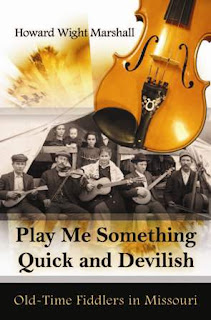An
American Pie can be made in many different ways. It can be made with a camera and actors to
create a bad teen comedy that never seems to end, with a catchy Don McLean tune
that you can’t seem to get out of your head, or my personal favorite--in the
kitchen alongside a scoop of ice cream. James
Cooke makes his American Pie in a different way: a six pack of beer, cigarettes,
personal hygiene products, chewing gum, and candy bars. Cooke whips up fresh American Pie with his
books American Girls, Beer, & Glenn Miller: GI Morale in World War II and Chewing Gum, Candy Bars, and Beer: The Army PX in World War II. Relax, and cut yourself a slice of Cooke’s
American Pie by reading the Cooke books below! --Kimberly Ring, Intern, University of Missouri Press
As
World War II dawned in Europe, General George C. Marshall, the new Army Chief
of Staff, had to acknowledge that American society—and the citizens who would
soon become soldiers—had drastically changed in the previous few decades.
Almost every home had a radio, movies could talk, and driving in an automobile
to the neighborhood soda fountain was part of everyday life. A product of newly
created mass consumerism, the soldier of 1940 had expectations of material
comfort, even while at war. Historian James J. Cooke presents the first
comprehensive look at how Marshall’s efforts to cheer soldiers far from home
resulted in the enduring morale services that the Army provides still today.
Veterans
of World War II have long sung the praises of the PX—a little piece of home in
far-flung corners of the world. Though many books on that war tell of combat
operations and logistics in detail, this is the first to tell the full story of
the Army Exchange System. The AES was
dedicated to providing soldiers with some of the comforts they had enjoyed in
civilian life—candy, beer, cigarettes, razor blades, soap—whether by operating
an exchange close to where they were fighting or by sending goods forward to
the lines, free of charge.
In chronicling the history of the AES, James J. Cooke harks back to the Civil War, in which sutlers sold basic items to the Yankee troops for exorbitant prices, and to the First World War, when morale-building provisions were brought in by agencies such as the Red Cross. He then traces the evolution of the PX through World War II from the point of view of those who ran the service and that of the soldiers who used it, blending administrative history with colorful anecdotes and interspersing letters from GIs.
About the Author
|
James J. Cooke is a Professor Emeritus of
History at the University of Mississippi. He is the author of many books,
including Shamrock Battalion in the Great War
(University of Missouri Press). He lives
in Oxford, Mississippi.






.jpg)

